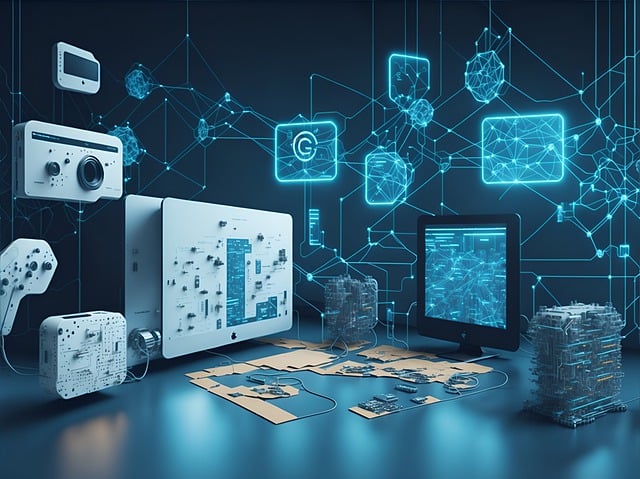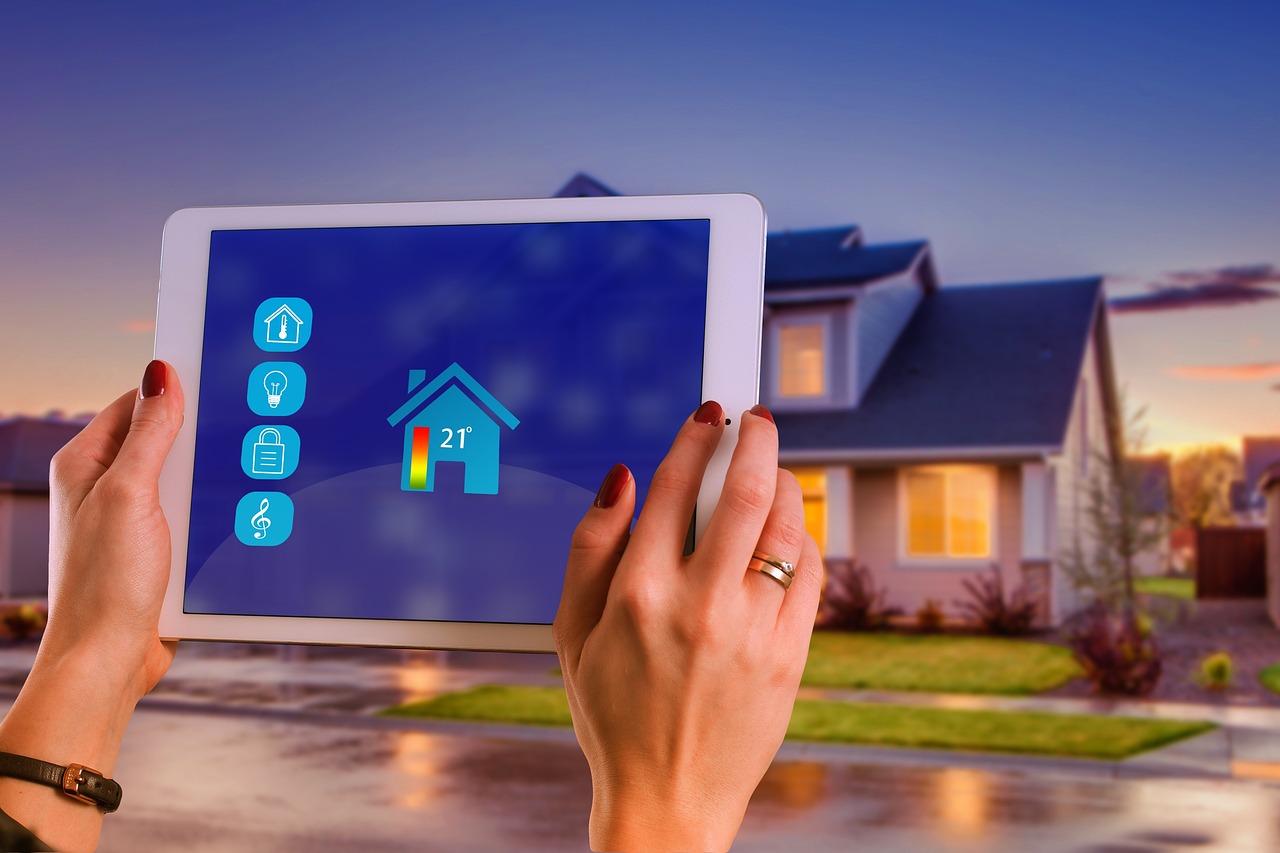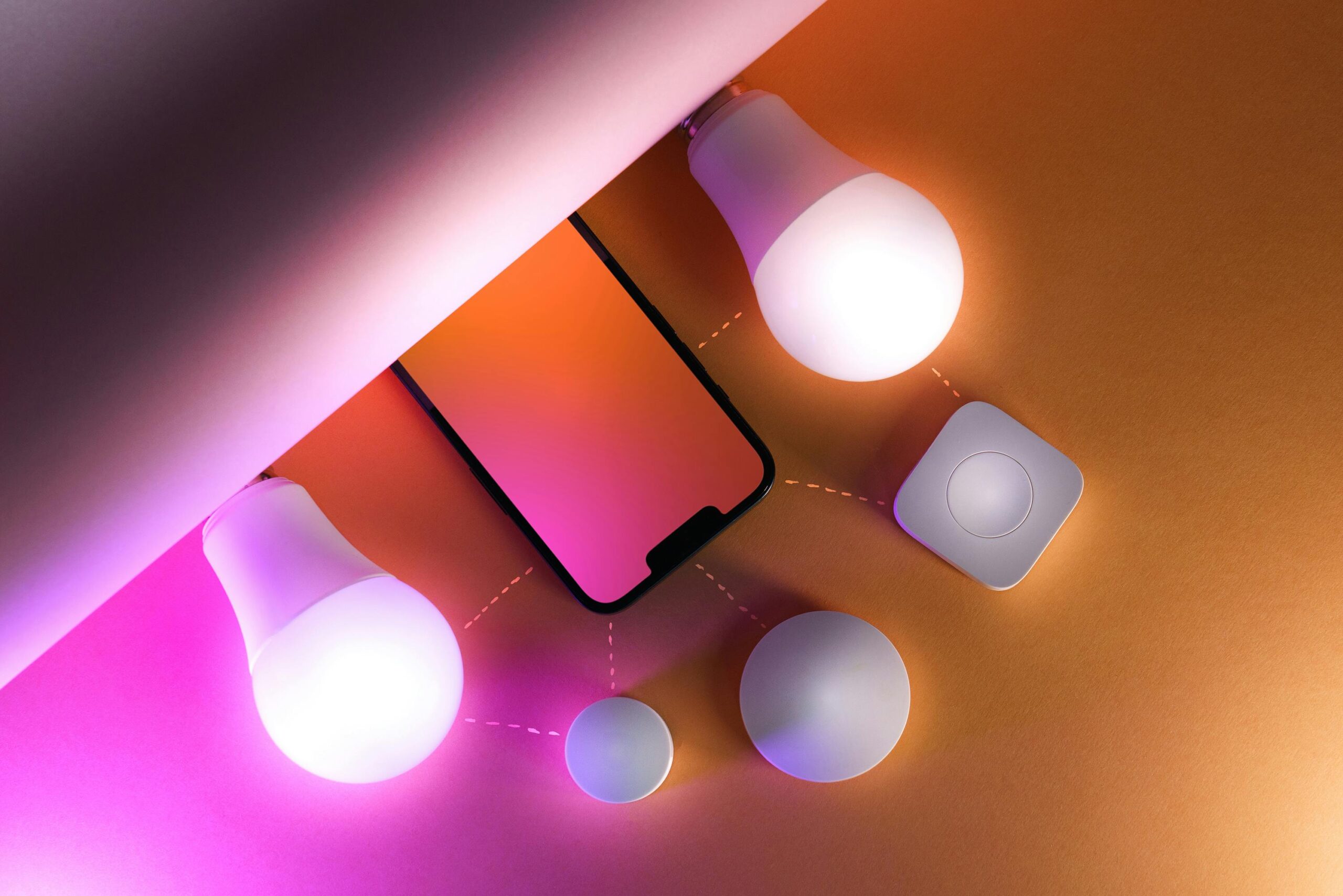Introduction
In this article, we explore Top 10 Thrilling Applications of IoT. We’ll cover what IoT is, highlight the top 10 exciting applications transforming our lives, and look at future trends that are set to revolutionize technology even more. Join us to uncover the potential impact of IoT on our everyday experiences.
Fact:- The Internet of Things (IoT) is significantly transforming various industries. By 2025, the number of connected IoT devices is projected to exceed 75 billion, demonstrating the vast potential and rapid growth of this technology. By connecting devices and enabling seamless data exchange, IoT is revolutionizing how we live and work. This article explores the top 10 IoT applications that are shaping the future of technology.
- Introduction
- What is IoT?
- Top 10 Thrilling Applications of IoT
- 1. Smart Homes – The Future of Home Automation with IoT
- 2. Healthcare – Remote Patient Monitoring and Telehealth with IoT
- 3. Smart Cities – Urban Innovation through IoT
- 4. Industrial IoT (IIoT) – Revolutionizing Manufacturing
- 5. Agriculture – Precision Farming and Smart Agriculture
- 6. Automotive – Connected and Autonomous Vehicles
- 7. Retail – Enhancing the Shopping Experience with IoT
- 8. Energy Management – Smart Grids and Smart Meters
- 9. Wearables – Health and Fitness Tracking
- 10. Smart Supply Chain – Optimizing Logistics and Inventory
- Future Trends in IoT
- Conclusion
What is IoT?
The Internet of Things (IoT) refers to the network of physical objects embedded with sensors, software, and other technologies to connect and exchange data with other devices and systems over the internet. IoT devices range from household items to industrial machinery, creating a smart ecosystem that enhances efficiency and productivity. IoT’s impact on technology and daily life is profound, with ongoing advancements promising even greater integration and innovation.

Top 10 Thrilling Applications of IoT
1. Smart Homes – The Future of Home Automation with IoT
Smart homes utilize IoT to enhance home automation, offering convenience and energy efficiency. Popular smart home devices include Nest Thermostat, Ring Security Systems, and smart lighting controls like Philips Hue. These devices allow homeowners to remotely monitor and control their homes, leading to improved security and energy savings. The integration of IoT in homes continues to grow, making everyday living more comfortable and sustainable.
2. Healthcare – Remote Patient Monitoring and Telehealth with IoT
IoT plays a crucial role in healthcare by enabling remote patient monitoring and telehealth services. Devices like Fitbit health trackers and smart medical equipment continuously collect and transmit health data, allowing healthcare providers to monitor patients in real time. This improves patient care and operational efficiency, reducing the need for frequent hospital visits and enabling timely medical interventions.
3. Smart Cities – Urban Innovation through IoT
Smart cities leverage IoT to enhance urban living through applications in traffic management, waste management, and energy efficiency. Cities like Barcelona and Singapore are leading the way with IoT-enabled traffic systems that optimize traffic flow, reducing congestion and emissions. Smart waste management systems improve collection efficiency, while smart grids and meters enhance energy management. These applications contribute to sustainable and efficient urban environments.
4. Industrial IoT (IIoT) – Revolutionizing Manufacturing
IoT is transforming manufacturing and industrial processes through Industrial IoT (IIoT). Applications like predictive maintenance and supply chain optimization increase productivity and reduce costs. Companies like General Electric use IoT sensors to monitor equipment health, preventing unexpected failures. Supply chain optimization enhances logistics and inventory management, ensuring timely delivery and reducing operational costs.
5. Agriculture – Precision Farming and Smart Agriculture
IoT applications in agriculture, such as precision farming and smart agriculture, are revolutionizing the industry. Technologies like soil sensors and automated irrigation systems optimize resource use and improve crop yields. John Deere uses IoT to enable farmers to monitor soil conditions, weather patterns, and crop health in real time, leading to more efficient and sustainable farming practices.
6. Automotive – Connected and Autonomous Vehicles
IoT’s role in connected and autonomous vehicles is reshaping the automotive industry. Features like real-time diagnostics, vehicle-to-vehicle communication, and autonomous driving capabilities enhance safety and the driving experience. Companies like Tesla leverage IoT to enable vehicles to communicate with each other and infrastructure, providing real-time updates and reducing accidents.
7. Retail – Enhancing the Shopping Experience with IoT
IoT applications in retail are enhancing the shopping experience through smart shelves, inventory management, and personalized shopping. Amazon Go stores use IoT sensors to monitor stock levels and alert staff when restocking is needed. IoT also enables personalized shopping experiences by analyzing customer preferences and behavior, improving customer satisfaction and boosting sales.
8. Energy Management – Smart Grids and Smart Meters
IoT improves energy efficiency and management through smart grids and smart meters. These applications allow for real-time monitoring and control of energy usage, leading to cost savings and reduced environmental impact. Duke Energy implements smart grids to enhance the distribution and management of electricity, while smart meters provide detailed insights into energy consumption patterns.
9. Wearables – Health and Fitness Tracking
The trend of wearable IoT devices, such as fitness trackers, smartwatches, and health monitoring wearables, is rapidly growing. Devices like Apple Watch and Fitbit collect and analyze health data, helping individuals track their fitness and health metrics. Wearable IoT devices provide personalized insights and recommendations, promoting healthier lifestyles and proactive health management.
10. Smart Supply Chain – Optimizing Logistics and Inventory
IoT optimizes the supply chain by enabling real-time tracking, inventory management, and logistics. IoT devices monitor the location and condition of goods throughout the supply chain, ensuring efficiency and transparency. Companies like DHL use IoT to reduce delays, minimize losses, and improve overall supply chain performance.

Future Trends in IoT
Emerging Technologies and Innovations Future advancements in IoT will be driven by emerging technologies like AI integration, 5G connectivity, and enhanced security measures. AI will enable smarter IoT systems capable of autonomous decision-making. 5G connectivity will provide faster and more reliable data transmission, expanding IoT applications. Enhanced security measures will address the growing concerns around IoT security and privacy.
Conclusion
In summary, IoT is transforming various sectors, driving efficiency, innovation, and improved quality of life. From smart homes to healthcare, agriculture, and beyond, the potential of IoT is vast and continually evolving. Staying informed about IoT trends and advancements is essential for leveraging its full potential.
We’d love to hear your thoughts on how IoT is impacting your life or business. Share your experiences in the comments below and follow our blog for more insights into the latest tech trends. Don’t forget to check out our related articles on IoT advancements and applications!




